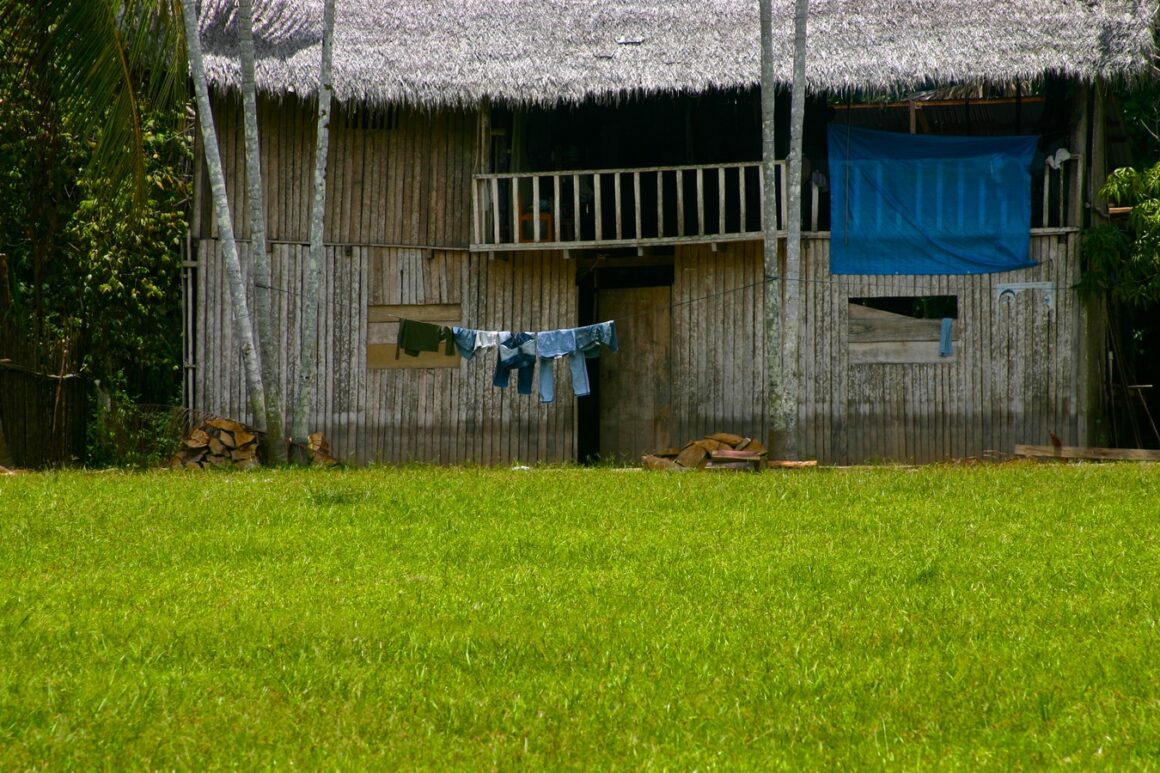Table of Contents Show
Do you dread the rain because it turns your yard into a swamp? Are you tired of wading through ankle-deep water every time a storm hits? If you’re fed up with soggy, flooded areas in your yard, fear not! There are several solutions to fix this problem and bid farewell to standing water in your landscape.
1. Improve Drainage
One of the most effective ways to tackle a waterlogged yard is to improve its drainage. Start by identifying the areas where water tends to accumulate. Is it near the foundation of your house, in a low-lying spot, or perhaps due to poor soil quality?
Once you’ve pinpointed the problem areas, you can take action. Consider installing French drains, which are trenches filled with gravel or rock that redirect water away from your yard. Another option is to create a rain garden, a beautiful and functional feature that absorbs excess water and adds aesthetic appeal to your landscape.
2. Install a Dry Well
If your yard is consistently plagued by standing water, a dry well might be the solution you’ve been searching for. A dry well is an underground chamber that collects and stores excess water, allowing it to slowly percolate into the ground. It’s an effective way to prevent water from pooling in your yard and causing further damage.
Installing a dry well requires some excavation work, so it’s best to consult with a professional. They can assess your yard’s specific needs and design a dry well system that suits your landscape and drainage requirements.
3. Create a Rain Garden
Why not turn a problem into an opportunity for beauty? A rain garden is a landscaped area designed to capture and absorb rainwater. By choosing plants that thrive in wet conditions, you can create a stunning garden that not only solves your drainage issues but also adds visual interest to your yard.
Related:
When designing your rain garden, consider the natural slope of your yard and the types of plants that will flourish in the available sunlight. Native plants are often the best choice, as they are adapted to the local climate and require less maintenance.
4. Level the Ground
If your yard has uneven terrain, it can contribute to water pooling in certain areas. Leveling the ground can help redirect water flow and prevent future flooding. This can be done by adding topsoil or regrading the landscape to create a gentle slope away from your house.
While leveling the ground may require some effort, it can make a significant difference in preventing standing water and improving the overall functionality and appearance of your yard.
5. Consult a Professional
If you’ve tried various DIY solutions and still can’t seem to get rid of standing water in your yard, it may be time to call in the experts. A professional landscaper or drainage specialist can assess the situation and provide tailored recommendations for your specific needs.
They have the expertise and equipment to address complex drainage issues, ensuring that your yard stays dry and healthy. Plus, they can offer additional tips and tricks to maintain proper drainage in the long run.
Don’t let a soggy yard dampen your spirits. With these solutions in your arsenal, you can bid farewell to standing water and enjoy a dry and functional landscape. Say hello to a yard that’s ready to weather any storm!

